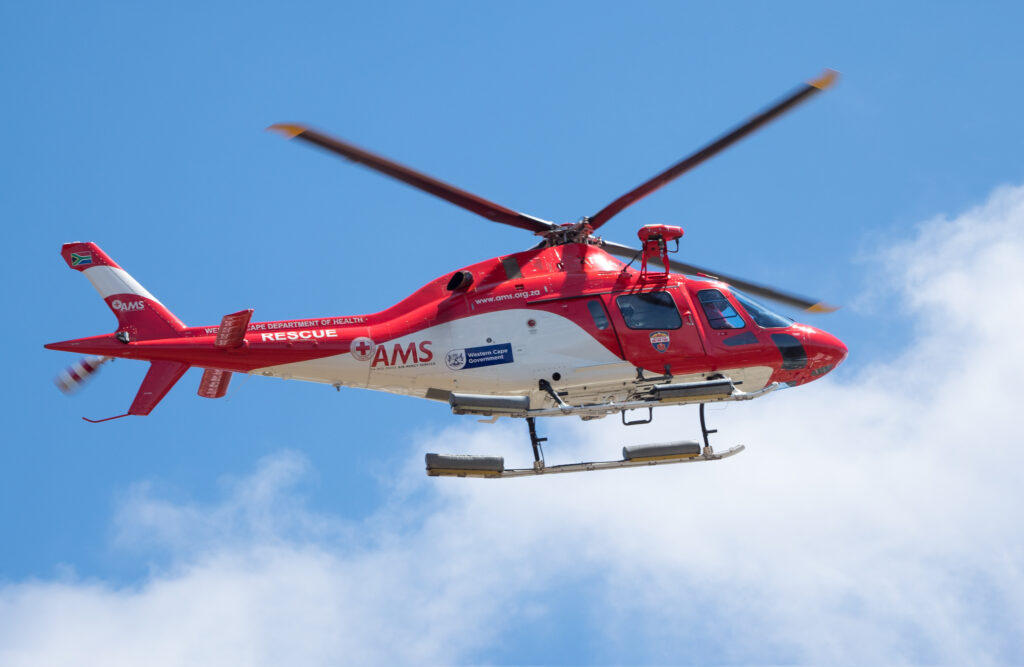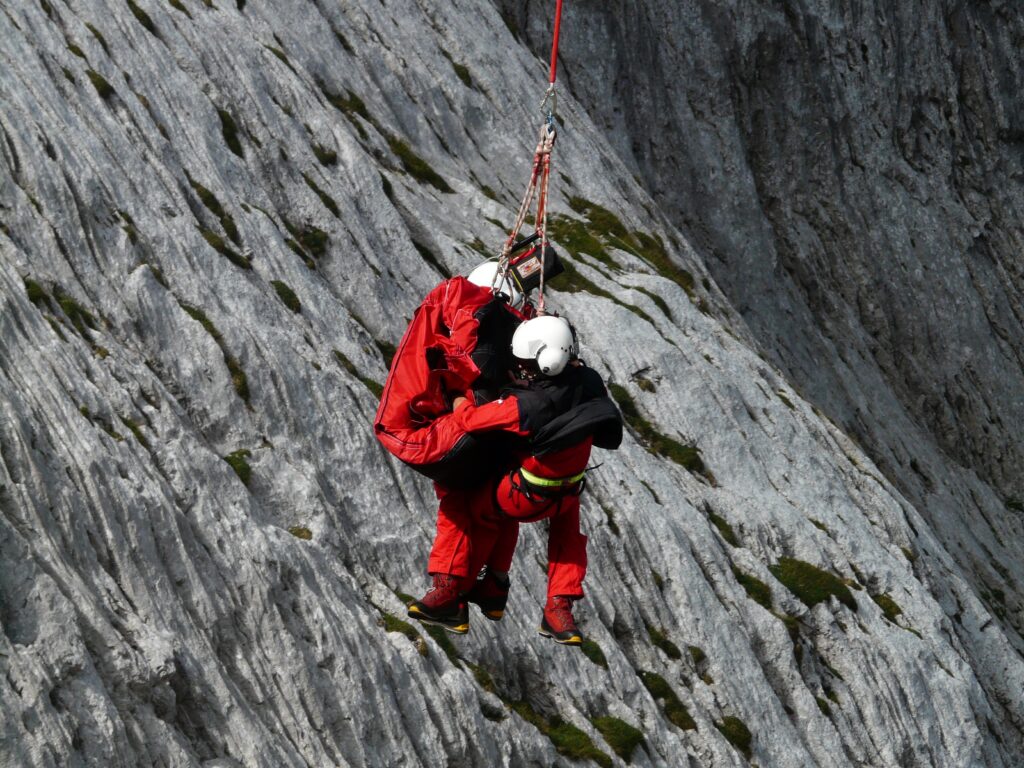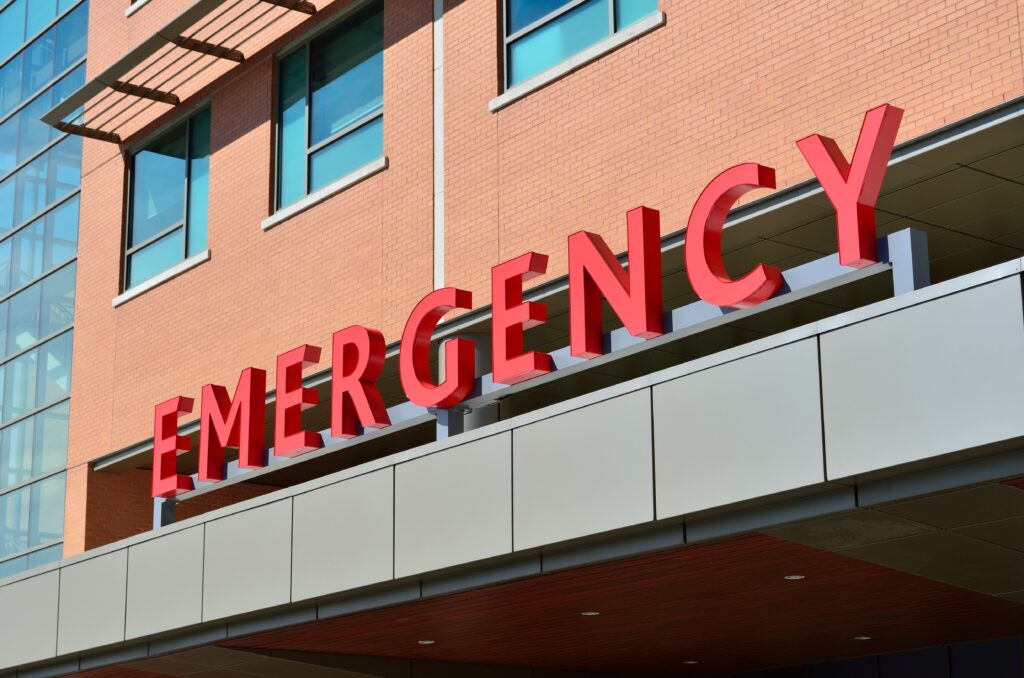Imagine finding yourself in a remote and unforeseen survival situation, where medical help is nowhere in sight. In this article, you will discover the essential steps to administer basic first aid to yourself or others. From understanding the importance of remaining calm to learning how to clean and dress a wound, this guide will equip you with the knowledge and confidence to handle medical emergencies in the most challenging circumstances. So, let’s dive into the world of survival first aid and ensure that you are prepared for the unexpected.
Basic First Aid in a Survival Situation
Being prepared and knowledgeable about basic first aid can be a lifesaver in a survival situation. Whether you find yourself in the wilderness, on a remote adventure, or even in a disaster scenario, knowing how to assess and treat common injuries can make a significant difference in the outcome. In this article, we will guide you through the essential steps of basic first aid, from assessing the situation to caring for insect bites and stings.
Assessing the Situation
Before providing any first aid, it is crucial to assess the situation to ensure your safety and determine the severity of the injuries. Take a moment to evaluate the surroundings and identify any potential hazards, such as impending danger, fire, or unstable structures. Ensure your own safety first, and if necessary, move yourself and the injured person(s) to a safer location.
Once you have ensured safety, assess each person’s condition by checking their responsiveness. Shake or tap their shoulders gently and ask if they are okay. If they do not respond, you can assume they are unconscious. Look for any signs of bleeding, burns, fractures, or other visible injuries. Rapidly evaluating the situation will help you prioritize and provide the necessary assistance.
Taking Safety Precautions
In a survival situation, maintaining personal safety is paramount. Remember to protect yourself from potential harm, such as wearing gloves to avoid any contact with blood or bodily fluids. If available, make sure to put on a face mask to prevent exposure to infectious diseases or contaminants.
Additionally, always assume that the injured person is more vulnerable and might be scared or in pain. Approach them calmly, speak in a reassuring tone, and explain your actions before providing any first aid. By taking safety precautions and showing empathy, you can create a safe and supportive environment for both yourself and the injured person.

Controlling Bleeding
Bleeding is a common injury that might occur in a survival situation, and it is crucial to control it promptly to prevent excessive blood loss. Start by applying direct pressure to the wound using a clean cloth or your hand. Maintain consistent pressure until bleeding stops or help arrives.
In cases of severe bleeding where direct pressure is ineffective, elevating the injured limb above the heart can help reduce blood flow. If possible, try to apply pressure to the nearest pressure point using your fingers or the palm of your hand. Remember to immobilize the injured limb following these steps to minimize further damage.
Treating Burns
Burns can occur due to contact with fire, hot objects, or even chemical exposure in a survival scenario. Depending on the severity, they can range from minor to life-threatening. First, remove the person from the source of the burn and any smoldering materials. Then, assess the extent of the burns.
For minor burns, cool the affected area with cold water for at least ten minutes to alleviate pain. Avoid applying ice directly to the burn, as it can cause further damage. After cooling the burn, cover it with a sterile non-stick dressing or a clean cloth to protect it from infection.
In the case of severe burns involving extensive blistering, charring, or difficulty breathing, it is essential to seek medical help immediately. While waiting for assistance, help the person lie down and elevate their legs slightly if there are no suspected fractures. Cover the burned area with a clean, dry cloth or non-stick dressing to minimize the risk of infection.

Handling Fractures and Sprains
Fractures and sprains are common injuries in survival situations, especially when navigating challenging terrain or engaging in physical activities. When faced with a suspected fracture or sprain, it is important not to move the injured person unless they are in immediate danger. Instead, focus on immobilizing the affected limb to prevent further injury.
If a body part appears misshapen, swollen, or bruised, it is likely a fracture. To immobilize a fracture, gently support the injured limb in its current position using improvised splints or any firm objects available, such as sticks or rolled-up magazines. Secure the splints with cloth, belts, or anything that can be tightly fastened.
Sprains, on the other hand, involve ligament damage and are often characterized by swelling, pain, and limited range of motion. Apply a cold compress or a cloth soaked in cold water to the affected area to reduce swelling. Elevating the injured limb can also help decrease swelling. To provide additional support, wrap the sprained joint firmly but not too tightly with an elastic bandage.
Remember, fractures and severe sprains require professional medical attention, especially if open wounds or deformity are present. Immobilize and support the injured limb as best as possible until medical help arrives.
Dealing with Eye Injuries
Eye injuries can occur in a survival situation when exposed to flying debris, chemicals, or other harmful substances. These injuries can range from minor irritations to severe trauma. If someone has an eye injury, it is vital to approach the situation with caution to prevent further damage.
If a foreign object is present in the eye, avoid rubbing it, as this may cause additional harm. Encourage the person to blink their eye gently to try to remove the object naturally. If that doesn’t work, flush the affected eye with clean water using a gentle stream or sterile eyewash solution until the object is removed.
In the case of chemical exposure to the eye, immediately rinse the affected eye with clean water or a sterile eyewash for at least 20 minutes. Ensure the water or solution flows from the nose side of the eye towards the outer corner to prevent the chemical from contaminating the unaffected eye. Seek medical attention promptly after rinsing the eye to prevent potential long-term damage.
When dealing with severe eye injuries that involve blows to the eye or penetrating trauma, apply a sterile dressing or non-stick pad to cover the injured eye. Be cautious not to put pressure on the eye itself. Support the injured person to a sitting or lying down position and protect the unaffected eye.

Managing Shock
In a survival situation, shock can occur due to various factors, such as severe bleeding, burns, or physical trauma. Shock is a life-threatening condition characterized by inadequate blood flow throughout the body. It is essential to identify the signs of shock promptly and take the necessary steps to manage it effectively.
Common symptoms of shock include pale or clammy skin, rapid breathing and heart rate, confusion, dizziness, and a weak pulse. If you suspect someone is in shock, immediately lay them down on their back and elevate their legs slightly, unless there is an injury or suspected fracture.
Cover the person with a blanket or jacket to maintain their body temperature and reduce heat loss. Try to reassure them and provide emotional support, as shock can be frightening and disorienting. If the injured person is responsive, you can offer small sips of water unless there is a risk of vomiting or the person has difficulty swallowing.
In severe cases of shock where the person becomes unresponsive, check for breathing and responsiveness simultaneously. If they are not breathing adequately or not at all, begin CPR immediately while waiting for professional medical help to arrive.
Addressing Heat or Cold-related Conditions
Inclement weather in survival situations can lead to heat or cold-related conditions, such as heat exhaustion, heatstroke, hypothermia, or frostbite. These conditions can be severe and require immediate attention to prevent further harm.
In hot environments, heat exhaustion can occur when the body overheats due to excessive sweating and insufficient fluid intake. Signs of heat exhaustion include heavy sweating, weakness, dizziness, headaches, nausea, and clammy skin. If someone shows these symptoms, move them to a cool, shaded area, loosen their clothing, and provide them with water to sip slowly.
Heatstroke, however, is a life-threatening condition that can develop from untreated heat exhaustion. If someone exhibits symptoms such as a high body temperature, confusion, rapid breathing, flushed skin, seizures, or loss of consciousness, call emergency services immediately. While waiting for medical help, cool the person by soaking their clothing with water or applying ice packs to their armpits, neck, and groin area.
In cold environments, hypothermia occurs when the body loses heat faster than it can produce it, leading to a dangerously low body temperature. Signs of hypothermia include intense shivering, confusion, slurred speech, weak pulse, and loss of coordination. If you suspect someone has hypothermia, move them to a warm shelter, remove any wet clothing, and cover them with layers of dry blankets or clothing. Warm them gradually by providing warm beverages and, if available, using hot water bottles or heating pads.
Frostbite, which can accompany hypothermia, results from freezing temperatures and can damage the skin and underlying tissues. If frostbite is suspected, it is essential to limit further exposure to cold temperatures. Gently warm the affected area by placing it in warm water (not hot) until normal color and sensation return. Avoid rubbing or applying direct heat, such as a heating pad or fire, to the frostbitten area, as it can cause additional damage.
Providing Resuscitation and CPR
Cardiopulmonary Resuscitation (CPR) is a critical lifesaving technique that can be administered to someone who has suffered cardiac arrest. In a survival situation, knowing CPR can significantly increase a person’s chance of survival while waiting for professional medical help.
Start by checking for responsiveness, normal breathing, and a pulse. If the person is unresponsive and not breathing normally, begin CPR immediately. Perform chest compressions by placing the heel of your hand on the center of their chest, interlocking your fingers, and pushing hard and fast at a rate of about two compressions per second.
After performing 30 chest compressions, give two rescue breaths by tilting the person’s head back slightly, sealing your mouth over their mouth, and delivering two full breaths. Continue cycles of 30 compressions followed by two rescue breaths until professional medical help arrives or the person shows signs of returning circulation.
Caring for Insect Bites and Stings
Insects can be an annoyance or a serious threat in a survival scenario, as their bites or stings can cause discomfort, allergic reactions, or transmit diseases. If someone is bitten or stung, gently remove any visible stinger or ticks with tweezers or the edge of a credit card. Do not squeeze the sting or tick, as it can inject more venom or bacteria.
Clean the affected area thoroughly with soap and water, and apply a cold compress or ice wrapped in a cloth to reduce swelling and pain. If the person is known to be allergic or experiences a severe allergic reaction, such as difficulty breathing, swelling, or faintness, it is vital to seek medical help promptly, as they may require immediate treatment with epinephrine or other medications.
For mild to moderate reactions, over-the-counter antihistamines or hydrocortisone cream can help relieve itching and inflammation. Monitor the person carefully for signs of anaphylaxis or worsening symptoms, and be prepared to perform CPR if necessary.
In conclusion, administering basic first aid in a survival situation requires assessing the situation, taking safety precautions, controlling bleeding, treating burns, handling fractures and sprains, dealing with eye injuries, managing shock, addressing heat or cold-related conditions, providing resuscitation and CPR, and caring for insect bites and stings. By being prepared with the necessary knowledge and skills, you can effectively respond to injuries and potentially save lives in a survival scenario. Remember, professional medical help should always be sought as soon as possible to ensure comprehensive treatment and recovery.
